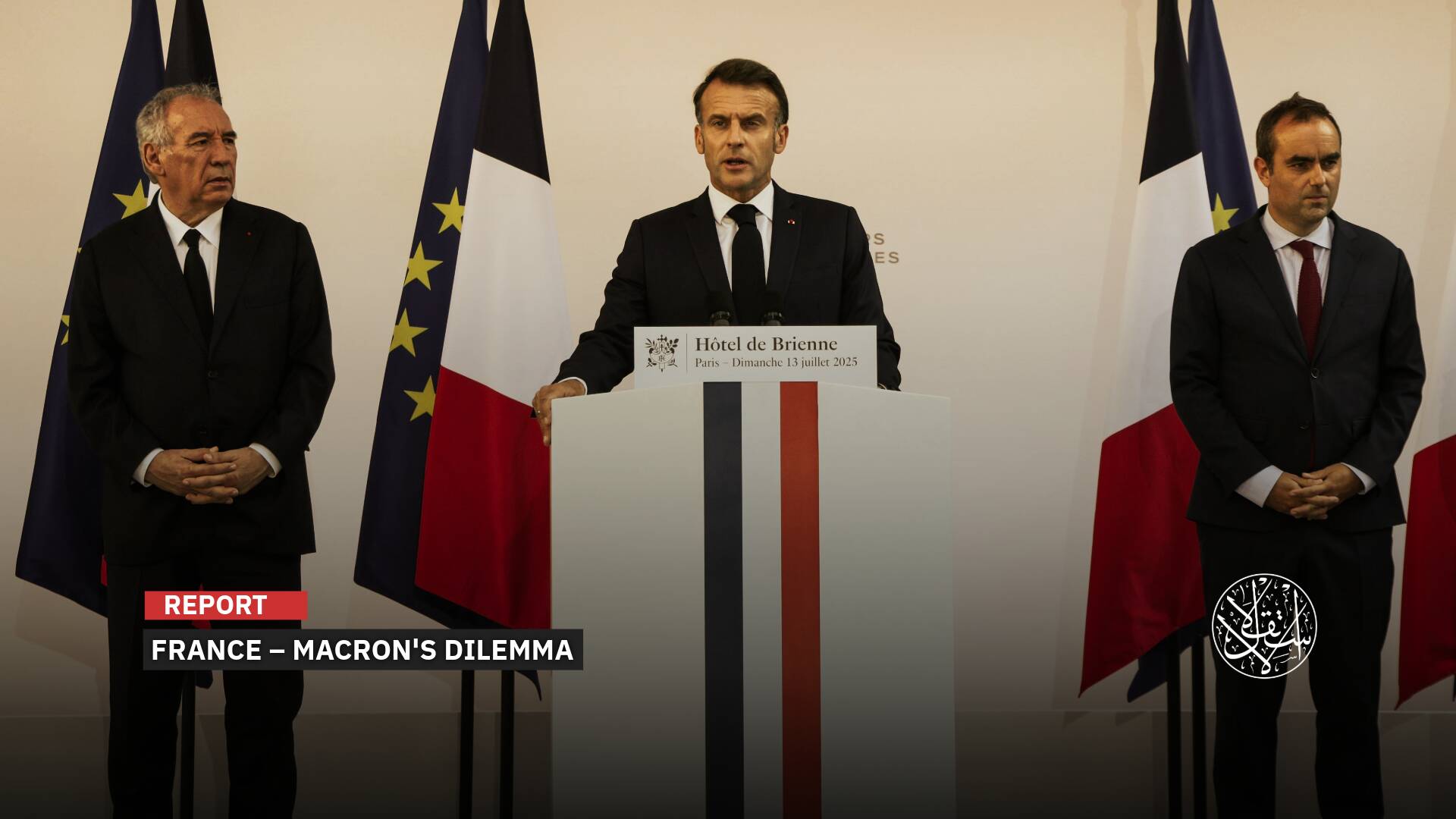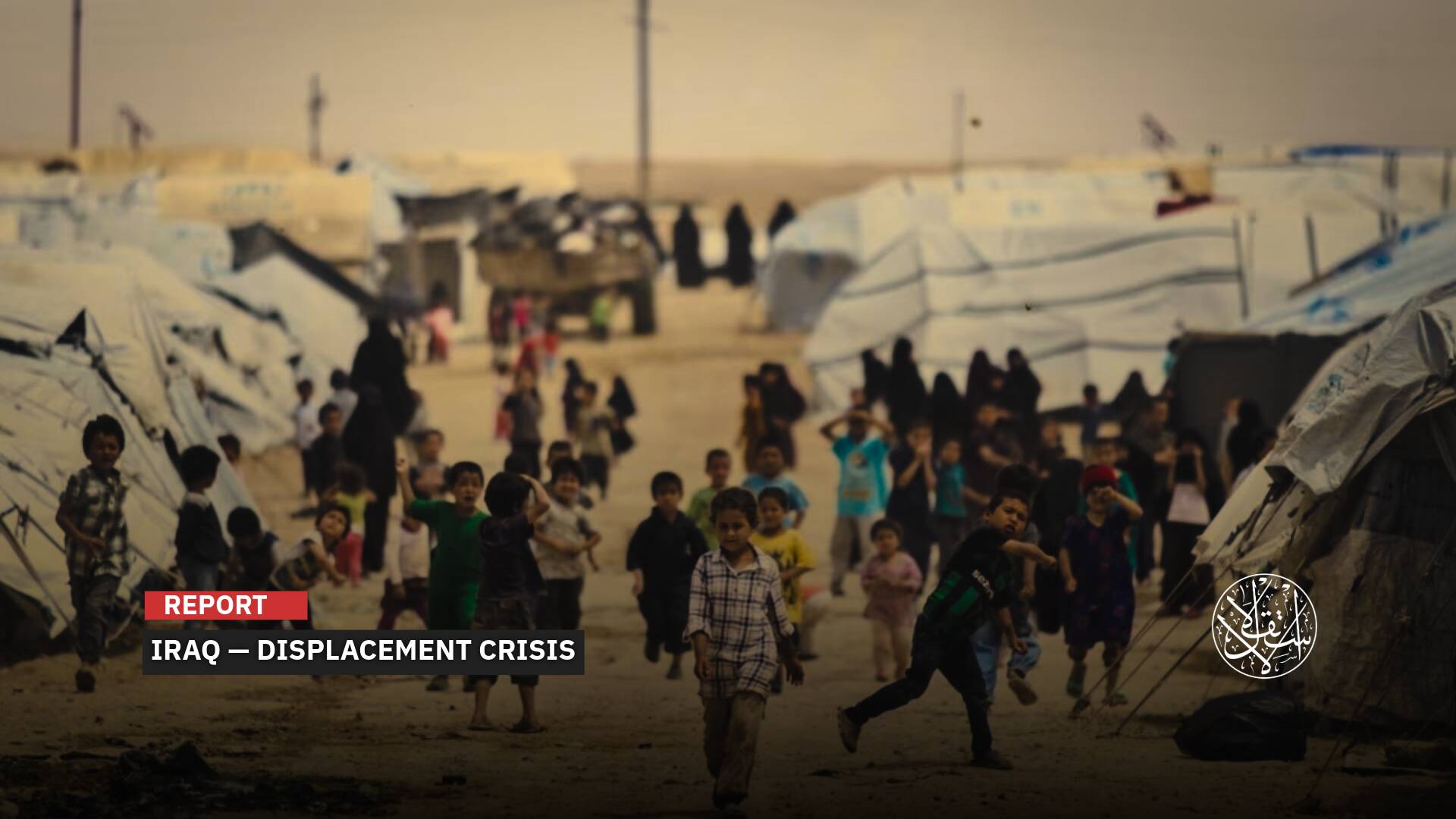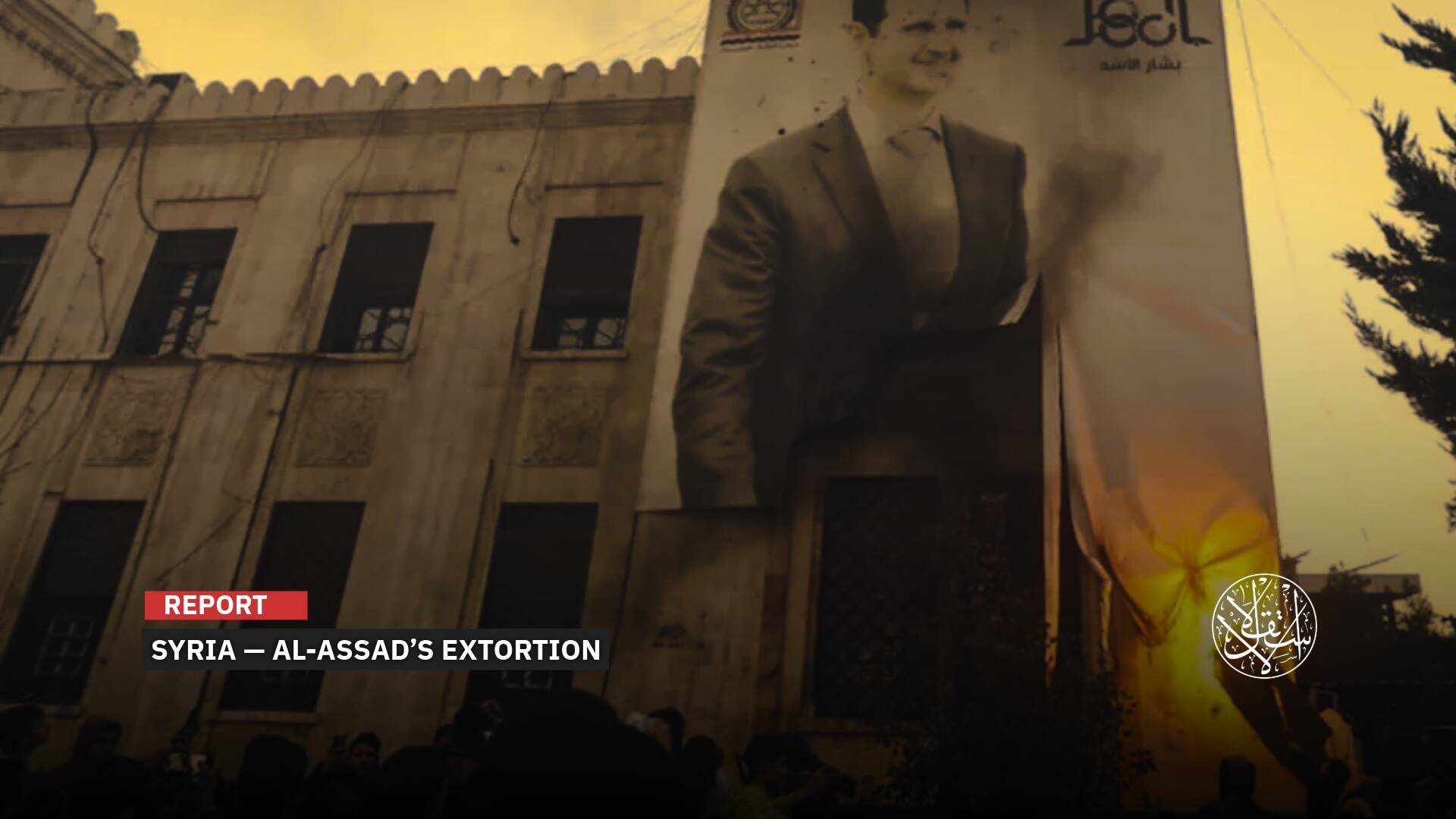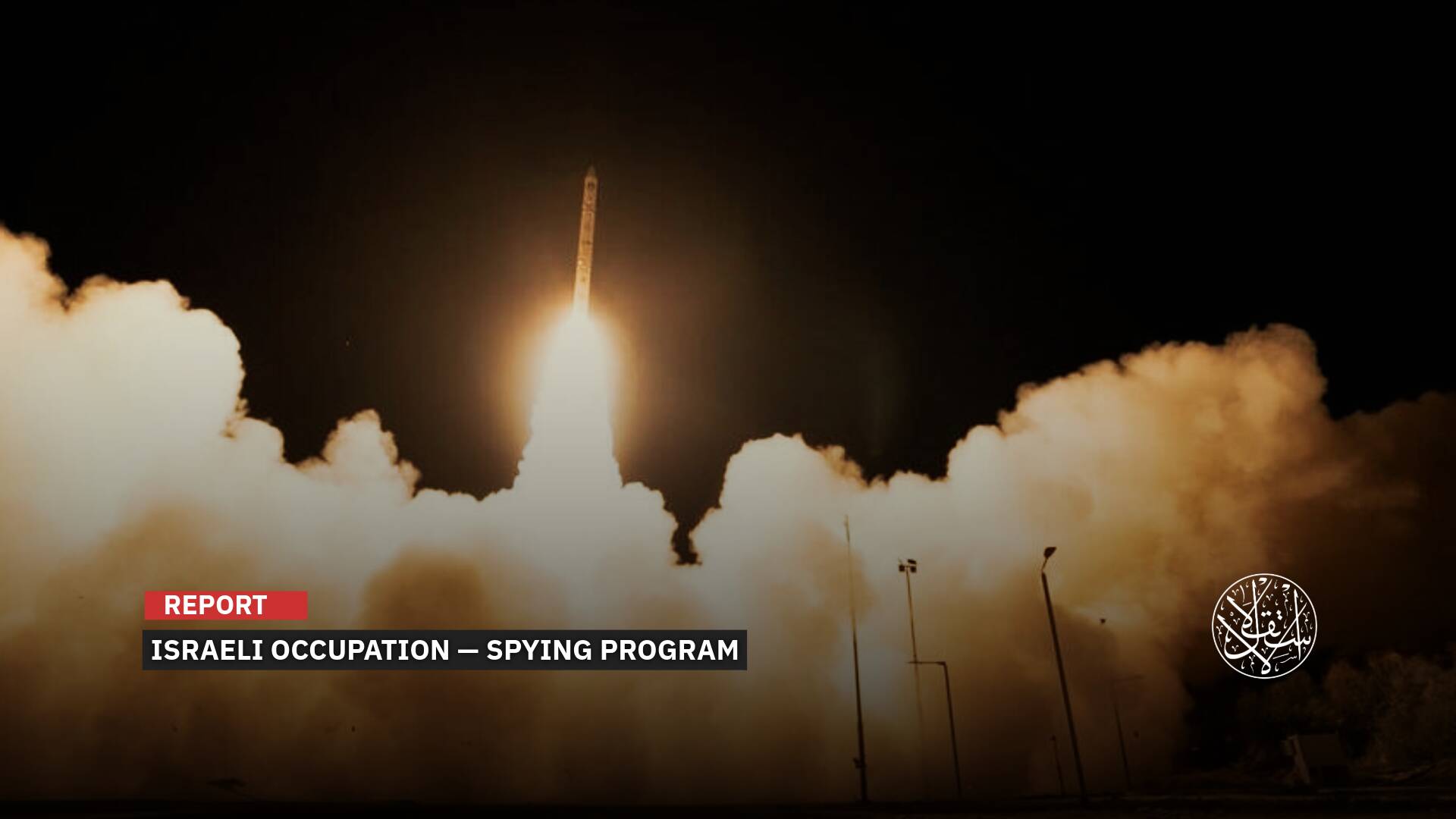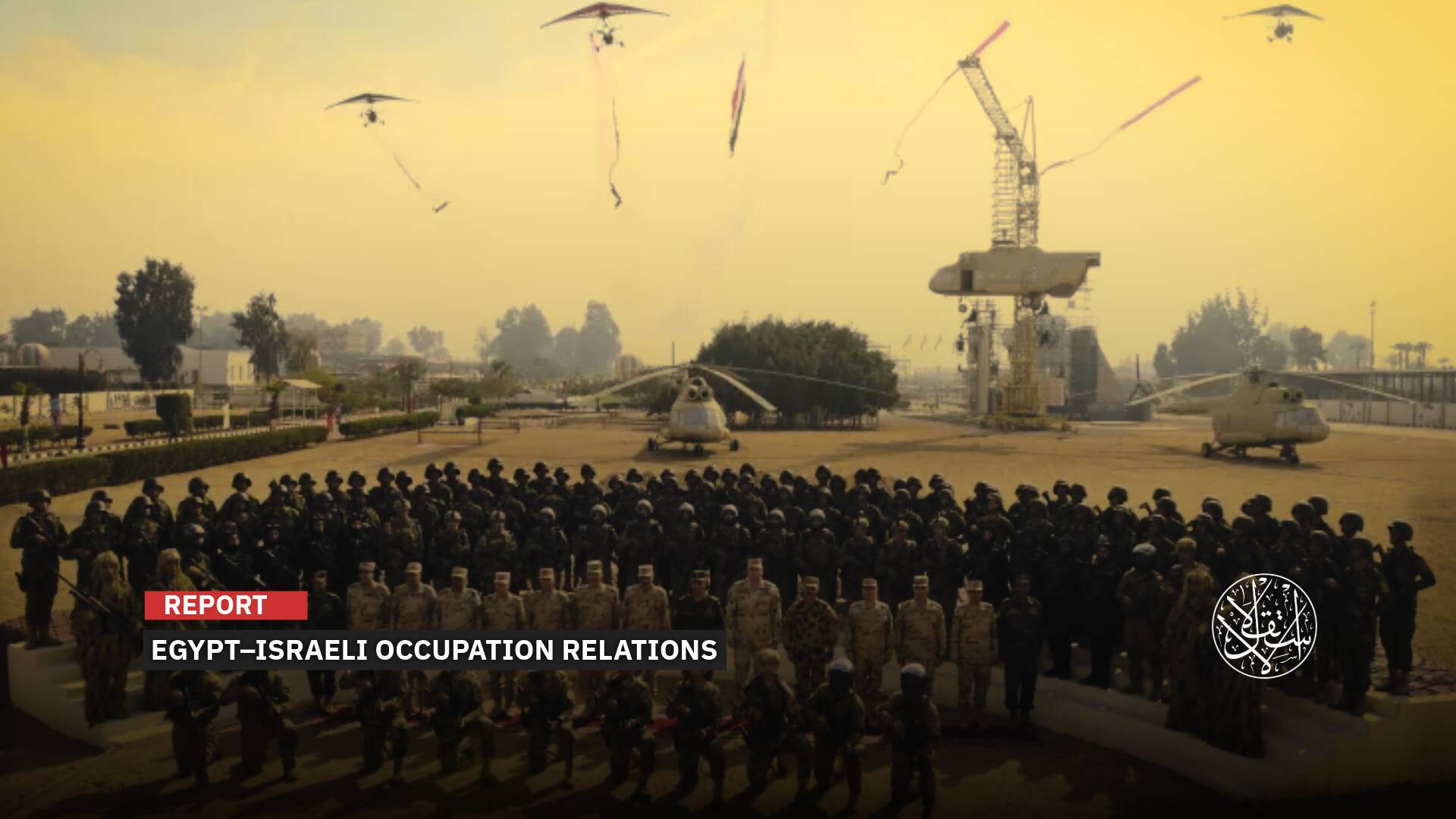Who Struck Iraq’s Military Radars? A Question the Government Won’t Answer
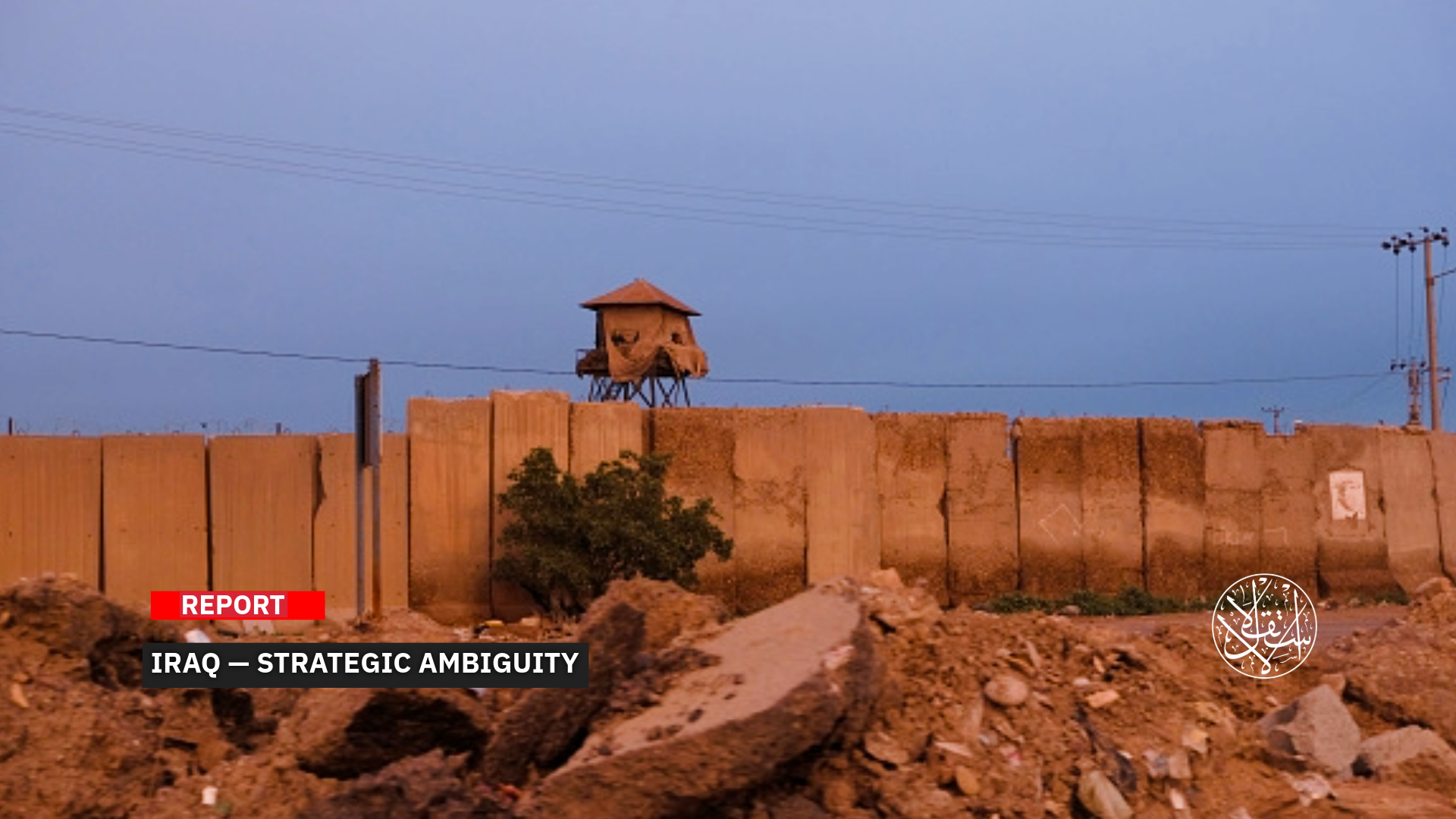
The attacks appear to be part of a broader strategy designed to sow confusion and spread chaos.
The findings of the investigative committee into the drone strikes on military radar systems in Iraq have sparked widespread anger among Iraqis, after it revealed that the drones were launched from within the country but failed to disclose which party was behind the attacks, despite confirming it had identified those responsible during the probe.
On June 24, 2025, suicide drones targeted radar installations at the Taji military camp in Baghdad, as well as at the Imam Ali airbase in the southern province of Dhi Qar. A third strike hit a radar facility near Baghdad International Airport.
The attacks came in the wake of U.S. President Donald Trump’s announcement of a ceasefire between “Israel” and Iran, following a 12-day war that began on June 13.
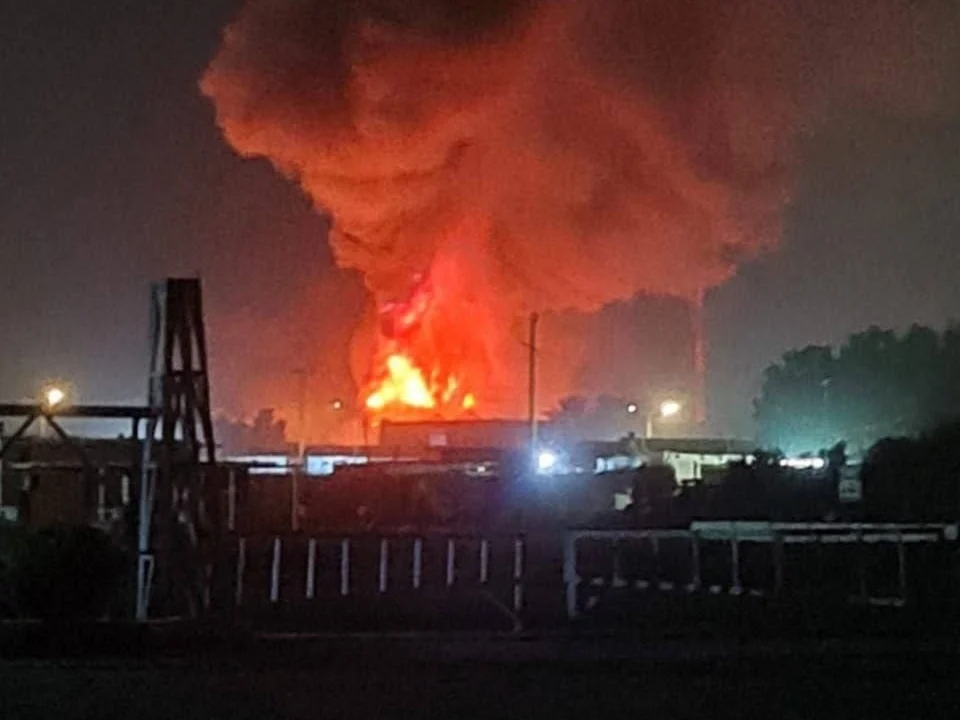
Investigation Results
In a statement released on July 18, Iraq’s armed forces' spokesperson, Sabah al-Numan, said that following intensive and precise security, intelligence and technical efforts, investigations into the targeting of several radar sites had led to “important and decisive findings.”
Speaking to the state-run Iraqi News Agency, al-Numan said the investigation had identified the origin of the drones used in the attacks, revealing that they were equipped with warheads of varying weights and had been manufactured outside Iraq.
He added that the exact launch sites of the drones had been located and confirmed to be inside Iraqi territory.
“The parties involved in carrying out and coordinating these hostile operations have been identified,” he said.
Al-Numan confirmed that a comprehensive technical analysis had been carried out on the control and communication systems used to operate the drones, enabling intelligence services to gather precise data that supported the investigation’s findings.
He went on to say that the committee had confirmed all the suicide drones used in the attacks were of the same type, a clear indication that a single entity was behind the operation.
He stressed that legal action would be taken against all those involved, who would be referred to Iraq’s judiciary to face justice in accordance with the law.
However, a report published by the Iraqi newspaper al-Alam al-Jadeed on July 19 alleged that the initial committee formed by Prime Minister Mohammed Shia’ al-Sudani on June 24, which included senior officers from the Ministry of Defense, had provided “misleading information” regarding the party responsible for the attacks.
The newspaper reported that the initial committee had blamed “Israel” for the attacks, but Prime Minister Mohammed Shia’ al-Sudani, upon receiving the report, expressed his dissatisfaction and rejection of its findings, reportedly describing the report as “pathetic,” as he was already aware of the true circumstances.
According to the paper, al-Sudani responded by disbanding the committee and referring all its members, including senior officers, in a single directive to the Directorate of Veteran Affairs at the Ministry of Defense, accusing them of deliberately providing misleading information.
The prime minister then formed a new committee which, the newspaper said, concluded that the party responsible for the attacks was a political entity with a powerful and influential military wing operating inside Iraq.
According to the newspaper, the committee confirmed that all three drones used to strike the radar sites were manufactured by the same source and belonged to a single party. It noted that based on their flight paths, the drones were launched from the Jurf Sakhar area in Babil province.
The Iraqi paper added that Prime Minister al-Sudani has shown determination this time to hold those responsible to account, despite resistance from the accused group, which invoked its role in the fight against terrorism, its sacrifices during the liberation operations, and the loss of its fighters in the 2017 battle against the Islamic State.

A Sensitive Issue
Commenting on why the party behind the attacks has not been named, Iraqi security expert Saif Raad said the committee’s reference to the drones being manufactured outside Iraq points to the involvement of actors with access to advanced technology or the capability to reach international arms markets.
Speaking to the Iraqi platform aljeebal on July 18, Raad added that the confirmation the drones were launched from inside Iraq indicates that the perpetrators operate from within the country, whether as local factions or cells affiliated with external forces.
The security expert argued that the attacks likely serve broader strategic goals, including sowing chaos and destabilizing the internal scene.
He said this makes it less likely that the drone strikes were random or isolated incidents, and instead supports the theory of a single, organized actor being behind them, possibly backed by a foreign intelligence service.
Raad noted that the statement deliberately avoided naming the perpetrators due to the sensitivity of the information, suggesting that revealing a group such as Mossad or Iran-aligned factions could trigger internal or regional tensions, especially given Iraq’s fragile political climate. He added that this may be part of a broader security strategy.
He pointed out that keeping the identity of the attackers vague might be intended to prevent immediate backlash or an uncalculated escalation within Iraq, which could be precisely what the attacks were designed to provoke.
Raad also emphasized that security agencies may still need more time to complete a thorough investigation.
Meanwhile, political analyst Abbas al-Ardawi, known for his close ties to the Coordination Framework and Iran-aligned militias, hinted in a July 24 post on X that the drone strike on the Taji camp radar may have been carried out by certain factions in an effort to support Iran against Israeli strikes.
Al-Ardawi had written at the time, before deleting his post, “Nothing to see here, just a French radar at Taji base that served during the Israeli aggression, now scrapped,” implying the system had been deliberately taken out of service.
The following day, the Ministry of Defense announced his arrest on charges of incitement, defamation of the security establishment, and endangering national security.
He was also accused of deliberately making serious allegations against the state and tarnishing its legal institutions. However, he was released just five days later for undisclosed reasons.
In 2022, the Iraqi army received the American-made “TPS-77” radar system, along with several “Ground Master 400” units, as part of a deal signed in 2020 with the French defense company Thales.
The TPS-77 radar, which was targeted at the Taji military base, is considered a strategic long-range system manufactured by U.S. defense giant Lockheed Martin. It is designed to scan and cover vast areas with extended operational endurance.
The Ordeal of the Government
Commenting on the matter, writer and political analyst Falah al-Mashaal said, “Reading the government’s statement on the targeting of military bases and oil and gas fields in Kurdistan, one feels that its security institutions have adopted the tactic of calculated silence, much like we writers do when speaking or writing about militias or dangerous political figures who operate outside the law.”
In a post on X dated July 19, al-Mashaal mocked the government committee’s statement, writing, “May God help the government as it faces pressure and challenges from every direction.”
On July 18, journalist Omar al-Janabi wrote on X, “The Iraqi government does not want to harm the reputation or future of the party that targeted the army’s radars, and has decided not to reveal its identity despite knowing it during the investigations.”
“It is not easy to show such great restraint and leave the attacker with a pang of conscience,” he added.
Activist Nor Obaidi said the special committee investigating the radar attacks had identified the launch sites inside Iraq and pinpointed the group responsible. She added that the committee confirmed all the drones came from the same source, yet still did not dare to name the perpetrators.
In a post on X on July 18, Obaidi wrote, “In Iraq, investigations always end at a door that remains unopened.”
Activist Ahmed al-Saadi commented on X, saying, “The group that owns the drones in Iraq is one and the same, and it is the one responsible and authorized to carry out the attacks.”
Observers say that the militias controlling the city of Jurf Sakhar in northern Babil province since 2014 are the Iran-backed Kata’ib Hezbollah.
They suggest the Iraqi government fears naming them openly, wary that doing so would prompt public demands for accountability, the release of investigation results, and legal judgments against their leaders.
The observers believe the radar strike issue was intended to be closed without trial or punishment for the perpetrators.
As a result, the party targeted was never mentioned, since it is considered part of the political establishment governing the country, with Iran-backed militias seen as integral to the Shia Coordination Framework.
Jurf Sakhar shares open geographical borders with al-Anbar province and is connected to Baghdad and Karbala.
It lies close to the Saudi border. Its predominantly Sunni population of around 250,000 was displaced by Iran-backed militias after the area was retaken from Islamic State militants, who had controlled it for four months in 2014.
In a televised interview on April 16, 2021, former Iraqi Prime Minister Iyad Allawi said, “Jurf Sakhar has become an autonomous zone with factories after 60,000 families were displaced from the area.”
Allawi added that the former deputy head of the Popular Mobilization Forces, Abu Mahdi al-Muhandis, told him, “He will never return Jurf Sakhar to anyone.
He also informed me that they manufacture drones there and have factories for that purpose, and that the area is effectively under Iran’s control.”
Sources
- Strategic Areas | How Has Iran Moved Its Weapons Factories Beyond Its Borders? [Arabic]
- The Spokesperson for the Commander-in-Chief Announces the Results of the Investigations into the Targeting of Armed Forces Sites [Arabic]
- Al-Alam Al-Jadeed Reveals the Identity of the Radar Saboteur […] and Al-Sudani Punishes the Committee That Misled Him [Arabic]
- Exclusive | What Are the Security Interpretations of the Statement Announcing the Investigation Results into the Bombing of Iraqi Radars? [Arabic]
- Iraq Loses Military Radars in an Attack by Unknown Drones [Arabic]




